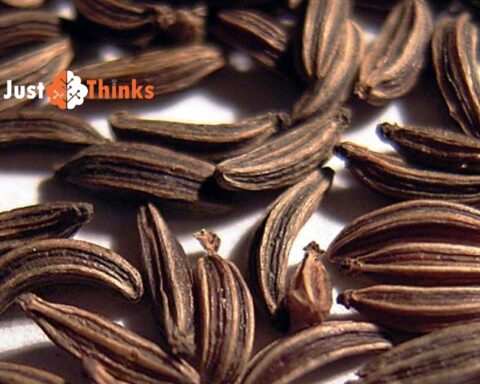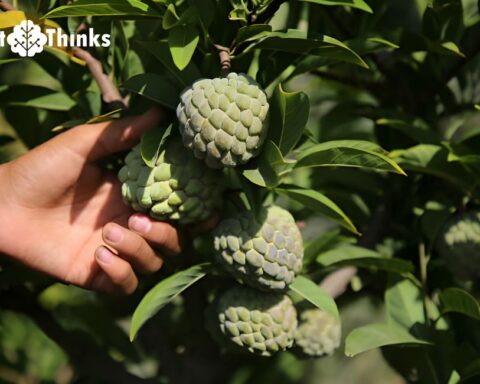Introduction
Indian street food is a culinary journey in itself, a vibrant tapestry of flavors and textures that tempts the taste buds and satisfies the soul. Amidst this treasure trove of street food delights, one dish stands out as an undisputed favorite, loved by people of all ages and backgrounds: Pani Puri. Known by different names in various parts of India, such as Golgappa in the north, Puchka in the east, and Pani Puri in the west, this delectable snack embodies the essence of Indian street food culture. This delves into the world of Pani Puri, exploring its history, the art of making it, regional variations, and the sheer joy it brings to those who savor it.
Origins and History of Pani Puri
The exact origins of Pani Puri remain a subject of debate, as various regions in India claim to be the birthplace of this beloved street food. Its history, however, is deeply intertwined with India’s rich culinary heritage and cultural diversity.
One widely held belief is that Pani Puri has its roots in North India, where it is commonly known as Golgappa. According to this theory, Golgappa was created in the bustling streets of Delhi, where the Mughal influence on Indian cuisine was profound. The concept of stuffing crispy shells with delectable fillings and dunking them in spicy and tangy water was the result of culinary experimentation.
In East India, particularly West Bengal and the surrounding regions, Puchka is a popular variant. Here, Puchka vendors have perfected the art of making crispy puris and creating unique, regional flavors. The East Indian twist often involves using tamarind water, yogurt, and other indigenous ingredients to craft a distinct taste.
In the western part of India, Pani Puri reigns supreme. It’s a ubiquitous presence in the states of Maharashtra and Gujarat, where it’s celebrated for its chatpata (spicy and tangy) flavors. The crispness of the puri, the spiciness of the water, and the amalgamation of various chutneys create a sensory experience that is truly unforgettable.
The Art of Making Pani Puri
Pani Puri comprises three fundamental elements: the puri, the pani (spicy water), and the filling. Each component requires precision and care, ensuring that the final creation is a harmonious burst of flavors and textures.
The Puri: The puri is the vessel that holds the magic. It’s a tiny, hollow, and round semolina or wheat flour shell that is fried to perfection. Making the puri is an art in itself, requiring a skilled hand to roll out uniformly thin rounds. These rounds are then swiftly fried in hot oil until they puff up into delicate, golden orbs. The result is a hollow sphere, crisp on the outside and hollow inside, ready to be filled with an array of delectable ingredients.
The Filling: The filling is where creativity shines. Traditionally, Pani Puri is stuffed with a mixture of mashed potatoes and boiled chickpeas or sprouts. The combination of starchy potatoes and protein-rich chickpeas creates a balance of flavors and textures. But this is just the beginning. Pani Puri vendors across India showcase their culinary prowess by adding regional twists to the filling. In some regions, the addition of sweet tamarind chutney and spicy green chutney elevates the taste. In others, finely chopped onions and coriander leaves provide a refreshing crunch.
The Pani (Spicy Water): The heart and soul of Pani Puri is the spicy and tangy water that engulfs the crispy puris. This flavorful water is a blend of various spices, herbs, and condiments. Fresh mint leaves, coriander leaves, green chilies, ginger, and lemon juice form the base of the water. To this, roasted cumin powder, black salt, and chaat masala are added, each contributing to the distinctive flavor. This mixture is then diluted with water to achieve the perfect balance of spice and tang.
Regional Variations of Pani Puri
One of the charming aspects of Pani Puri is its adaptability and ability to absorb regional influences, resulting in diverse variations across India. Let’s explore a few notable regional adaptations:
- Golgappa (North India): In the northern regions of India, Golgappa is celebrated for its stuffing, which often includes boiled potato, sprouted moong beans, and a delightful blend of sweet tamarind chutney and spicy mint-coriander chutney. The spicy water is infused with a unique combination of spices and often enjoys a sweeter undertone.
- Puchka (East India): Puchka in East India takes on a distinct character. The puris are particularly delicate and must be consumed swiftly to prevent sogginess. The filling typically comprises a spiced mixture of mashed potatoes and black gram, with the addition of fiery mustard oil. The Puchka water in this region tends to be tangier and uses raw tamarind paste to achieve its unique zing.
- Pani Puri (West India): In the western regions of India, especially Maharashtra and Gujarat, Pani Puri enjoys a cult-like following. Here, the puris are sturdy, able to withstand a generous serving of spicy water. The filling often includes a delightful combination of spicy mashed potatoes and sprouted moong beans. The Pani is celebrated for its fiery spiciness, which can be adjusted to suit individual preferences.
- Different Name, Same Joy (South India): While the name “Pani Puri” is not commonly used in South India, the concept is no less adored. In Chennai, for instance, it is called “Pani Puri” and retains the fundamental characteristics. In Hyderabad, it goes by the name “Puchka” or “Golgappa,” and the flavors are every bit as delightful, often with a local twist.
The Joy of Savoring Pani Puri
Pani Puri is more than just a snack; it’s an experience that transcends taste. The act of savoring Pani Puri is a multisensory delight. It begins with the anticipation of the first bite, the crunch of the puri giving way to a symphony of flavors. As you take a bite, the filling melds with the spicy water, creating a burst of taste that dances on your palate.
The act of enjoying Pani Puri is a communal affair. Street vendors huddled around their carts, friends sharing laughter and stories, families creating cherished memories—these are the scenes that capture the essence of Pani Puri. It’s a symbol of togetherness and a testimony to the power of food to bring people closer.
The Evolution of Pani Puri
Pani Puri, which originated as a simple street snack, has evolved and adapted to contemporary tastes. It has ventured into upscale restaurants and fusion creations, proving its versatility. The traditional ingredients and flavors have been reinvented and reimagined, making it a favorite not just on the streets but also on restaurant menus worldwide.
In upscale restaurants, you might find gourmet versions of Pani Puri, with exotic fillings and flavored waters. Fusion cuisine has given rise to dishes like Pani Puri tacos and Pani Puri bruschetta, merging global flavors with this beloved Indian snack.
Conclusion: Pani Puri as a Culinary Icon
In a world of gastronomic delights, Pani Puri stands as a testament to the rich tapestry of Indian cuisine. It’s a dish that transcends borders, unites people, and brings unbridled joy. Whether enjoyed in the bustling streets of Delhi, the bylanes of Kolkata, or the vibrant markets of Mumbai, Pani Puri remains an integral part of the Indian culinary mosaic.
The history, art, regional variations, and pure joy associated with savoring Pani Puri underscore its significance. It’s more than just a snack; it’s an embodiment of the cultural and culinary diversity of India. Pani Puri is an invitation to savor not just the flavors but also the spirit of the streets, the camaraderie of sharing food, and the sheer delight of experiencing something extraordinary in the ordinary.
In a single mouthful, Pani Puri encapsulates the essence of India: a land of contrasts, a fusion of tastes, and a celebration of life. It’s a dish that has transcended generations and will continue to delight palates and hearts for years to come.






